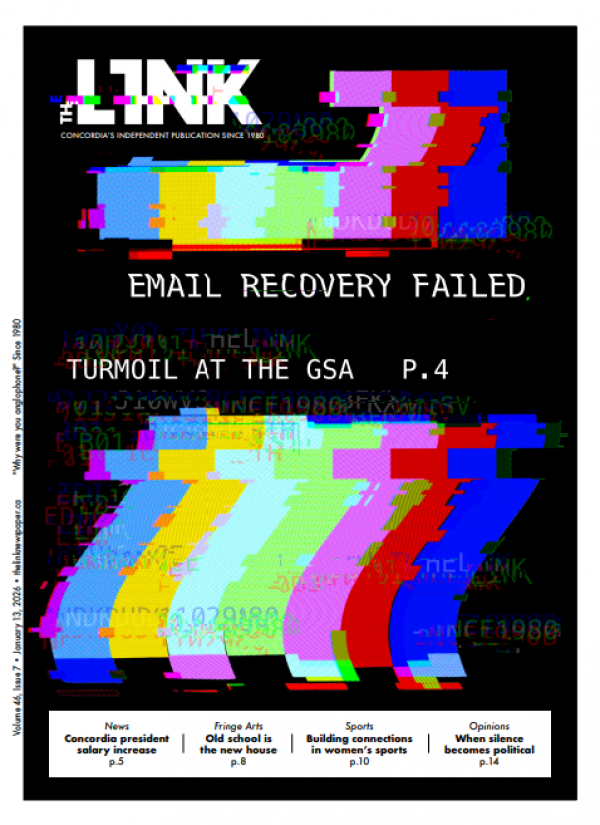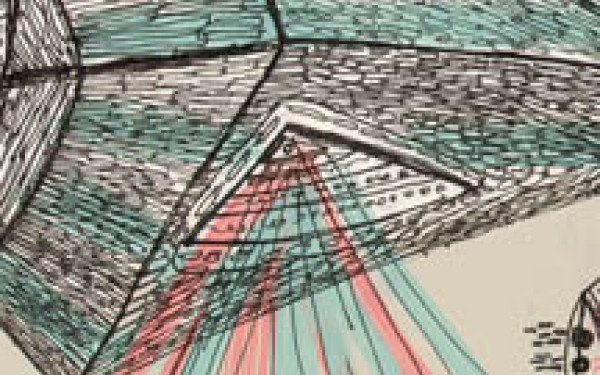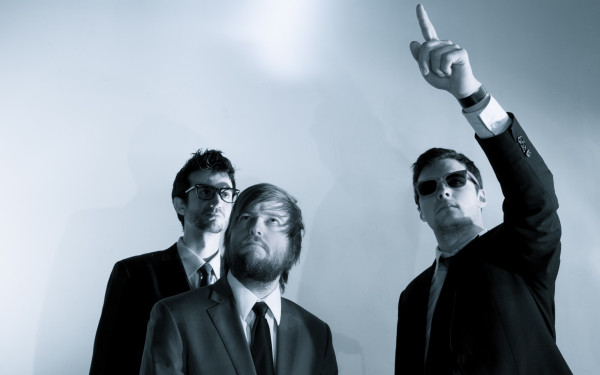The Myth of a Venue that Never Died
A Look into the Rich History of Spectrum de Montreal
Once, I opened a thrifted book from the Jazz Festival and a mysterious ticket stub fell from its dusty pages, fluttering to the floor before my feet. It was a relic—I would later find out—from the now-closed musical venue, Le Spectrum de Montréal.
That historical Montreal staple of the 1980s once offered intimate concert experiences, explained Philippe Chayer, a frequent patron.
“There was this constant exchange of energy between the band and the crowd. I’ve seen a lot of shows, but I rarely see that. It was pretty amazing.”
The venue was first established in 1952 as the Cinéma Alouettes. It was constantly evolving over the years wherein it underwent a series of name changes, and owners. Finally, by 1982, it became Le Spectrum de Montreal.
For many past concertgoers, the ticket stub would bring back a flood of memories. Le Spectrum offered not only a musical experience, but lent itself as a space to establish a closer bond between musicians and the audience, explained Chayer, who recalled a fond memory of when he saw The Smashing Pumpkins perform.
It wasn’t just the music that people came for. Le Spectrum was also valued for its cabaret aesthetic.
It was the ideal place for spectators and artists alike, Steve Ludvik—once a musician who performed the venue—explained.
“No matter where you stood in the venue, you got a good view and the sides were raised up almost like a mini terrace,” he said.
“No matter where you stood in the venue, you got a good view and the sides were raised up almost like a mini terrace.“— Steve Ludvik, musician
Before the venue was demolished in 2007, Ludvik witnessed metal and blues shows, including heavy-duty guitar player Kelly Joe Phelps.
Thanks to the work of L’Équipe Spectra, Le Spectrum’s reputation grew out of experiences like these. Company founders, Alain Simard, André Ménard, and Denyse McCann would later produce a variety of shows under their label.
To this day, the company owns multiple events such as the Festival International de Jazz de Montréal, and two concert halls, L’Astral and the Metropolis.
Le Spectrum was not just a venue accompanying one or two-day concerts. The venue also hosted various festivals such as the Festival International de Jazz de Montréal and Les Francofolies de Montréal for some time.
The Festival International de Jazz de Montréal started using Spectrum to host shows in 1981. Various artists have performed in the venue such as B.B. King, Randy Bachman, Pat Metheny and Miles Davis.
In 1989, Le Spectrum de Montéal was the first venue to host popular French music festival Les Francofolies de Montréal. After that mind-blowing first edition, the concert hall became the festival’s main landmark—acquiring local and international artists such as Marjo, Jean Leloup, Michel Pagliaro, Plume Latraverse, Michel Rivard and many more.
The Jean Leloup concert in 1989 during the first edition of Les Francofolies de Montréal was a memorable moment in the festival’s history. Le Spectrum experienced a technical glitch and the power blew out five minutes before the show ended. Jean Leloup decided to descend into the crowd and continue his playing in front of the stage and outside of Le Spectrum. The venue experienced a crazy musical journey throughout innumerable concerts, festivals, television tapings and press conferences until Aug. 5, 2007, when it closed its doors for good.
L’Équipe Spectra could not afford to pay the steadily rising rent. Simard explained that they had lost half a million dollars in fees trying to save the theatre.
Today, the empty lot that once was Le Spectrum sits facing the bustling Quartier des Spectacles plaza, with no resurrection planned.
Even today, when walking down Ste. Catherine St. towards Place des Arts, there is an empty lot facing the L’Astral. To the fans of this venue, and especially the die-hard music fans, Le Spectrum will never die.
The venue was not only known for its concert venue, but as a place that was connected other musical clubs. Ludvik remembers how Le Spectrum was attached to other mythical music joints.
“Incredible venue, lots of magic happened there,” he said. “That whole strip was very cool because next door was a funky place called the Rising Sun, which hosted all kinds of freaky jazz concerts and up and coming punk rock shows. Wild scene on that strip!”
Le Spectrum is a precious memory to all who experienced a concert at this venue. The Spectrum de Montréal may be demolished, but the memories will never fade.
“This venue had a soul, a spirit, a vibration,” said Saulnier. “This venue had a staff that had no equivalent in town. This hall was mythical!”





_600_375_90_s_c1.jpg)
